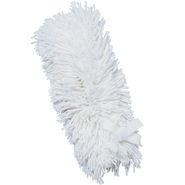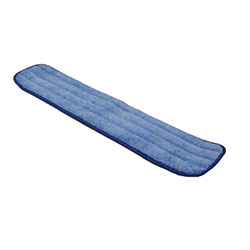The very first bullet on our Class Rules & Etiquette page says:
No shoes on the mat! No bare feet off the mat!
This is so important that I felt the need to dedicate a whole page to it.
Remember that game you used to play as a kid, The Floor is Lava? It’s like that, except the mats are the safe zone, and the rest of the world is the lava. But instead of lava, think of it as a cesspool of broken glass and ringworm.
To break that down, this rule is in place for two reasons:
To protect the people
In the oh-so-eloquent words of my professor, Mario Esfiha:
Sh*t on the ground; sh*t on your feet; sh*t on the mats; sh*t on my face.
We clean the mats thoroughly and carefully. The floors, not so much. The rest of the world, not at all. We’re aggressively grinding every exposed skin surface into these mats for hours at a time. So please:
- Assume everything outside of the actual mat surface is crawling with ringworm, impetigo, staph/MRSA, and other nasties — not to mention blood, urine, vomit, feces, and every other not-necessarily-infectious-but-still-thoroughly-gross substance imaginable.
- Assume these horrible things adhere instantly to anything they touch, including the soles of your shoes and/or feet.
- Assume these horrible things look for any opportunity to transfer from said soles to the mat surface, and thence to your face.
- Step out of your shoes when you step onto the mats.
- Step into your shoes when you step off the mats.
To protect the mats
There are a couple of factors at play here.
- Cost/maintenance. Mats are expensive. Really expensive. I’m not a big corporation or school district with a five-figure budget. I’m just a hobbyist. If my mats die, the bill is mine.
Mats are also a pain to care for.
If you have rocks or glass wedged in your shoe, you can puncture the mat surface just by stepping on it. Now I have to figure out how to patch it, or possibly decide to replace it.
Even normal dust and grit, tracked in from your shoes or your feet, will gradually wear away at the mat surface like sandpaper, reducing their lifespan.
The longer the mats last, the longer I can go without replacing them. This keeps me happy and improves my chances of staying afloat as a business. - Health. Grit on the mats can damage not just the mats, but the skin (and clothing) that grinds against it. Scratches and cuts, on both skin and vinyl, harbor nasties more effectively, even if they’re too small to see.
So again, assume everything outside of the mat surface is a tiny razor blade just looking for an opportunity to cut my mats and your face, and avoid tracking it across the border.
In addition to foot traffic, it is also important to make sure things like jewelry, zippers, and other sharp objects stay off the mats.
How to clean the mats
- Dust. Otherwise when you spray and mop, you’re making mud and leaving grit on the mats.
Use the white fluffy mop head:

Try to snake it in a continuous pattern, without lifting the mop, to get rid of as much dust, hair, etc. as possible. - Clean the duster. The duster can only hold so much crud, and we don’t want to put it back on the mats next time.
Take the mop head outside and shake, bang, and slap it until it looks pretty much white again. - Spray. The cleaning solution is designed to murder the nasty stuff we talked about above. How much should you spray? Enough that when you do step #4, the whole surface is wet with no gaps; but no so much that you wind up with puddles.
If you need to make more solution, use 4oz of concentrate (there’s a metal measuring cup with a line on it) and fill the sprayer to the “max” line with water. - Mop. Use the blue mop head:

Again, use a continuous motion, without lifting the mop. Walk backwards so you’re not leaving icky and ugly footprints. - Let dry. If you used the right amount of cleaner in step #3, this should take about 10 minutes. Don’t let anyone or anything back on the mats until they’ve dried.